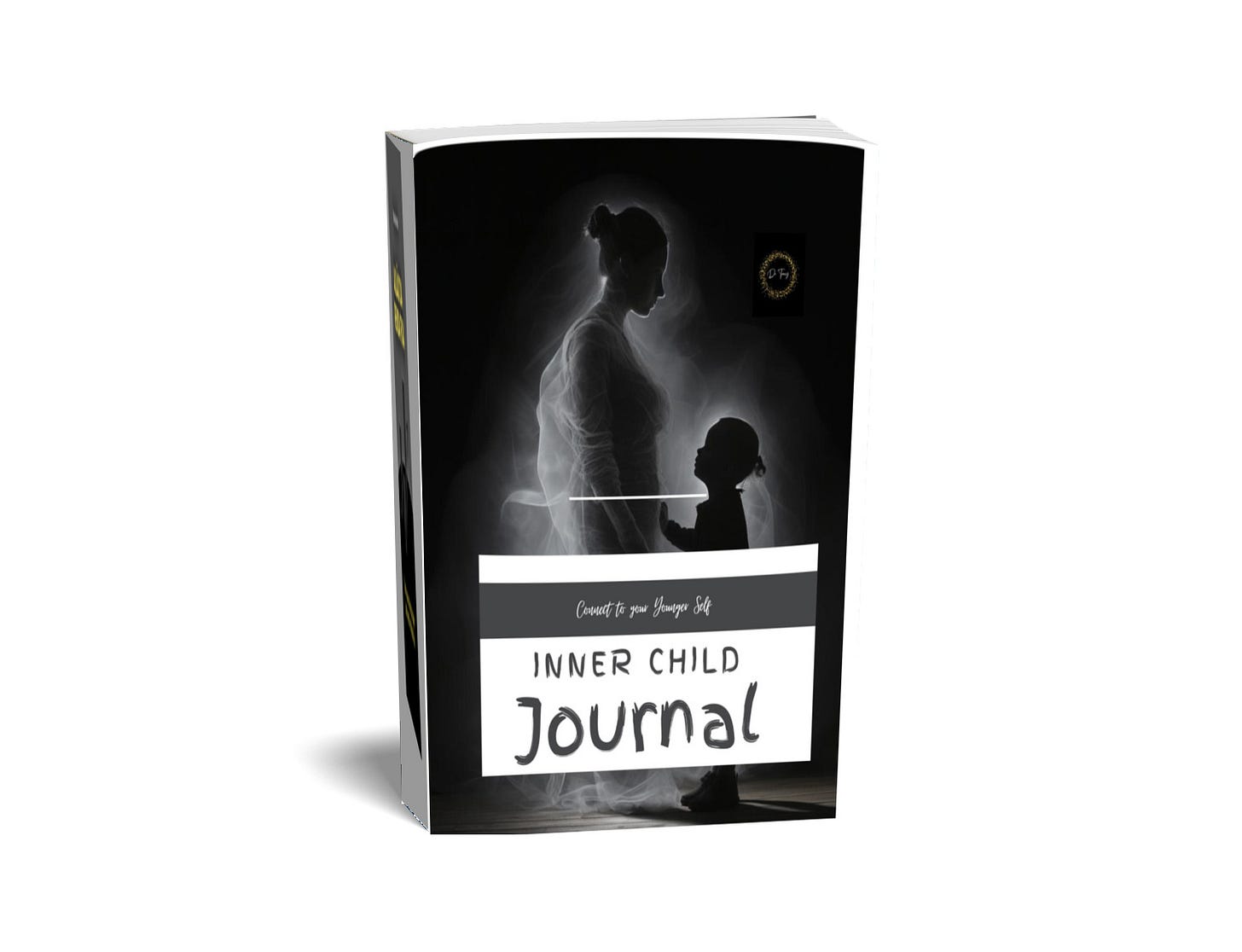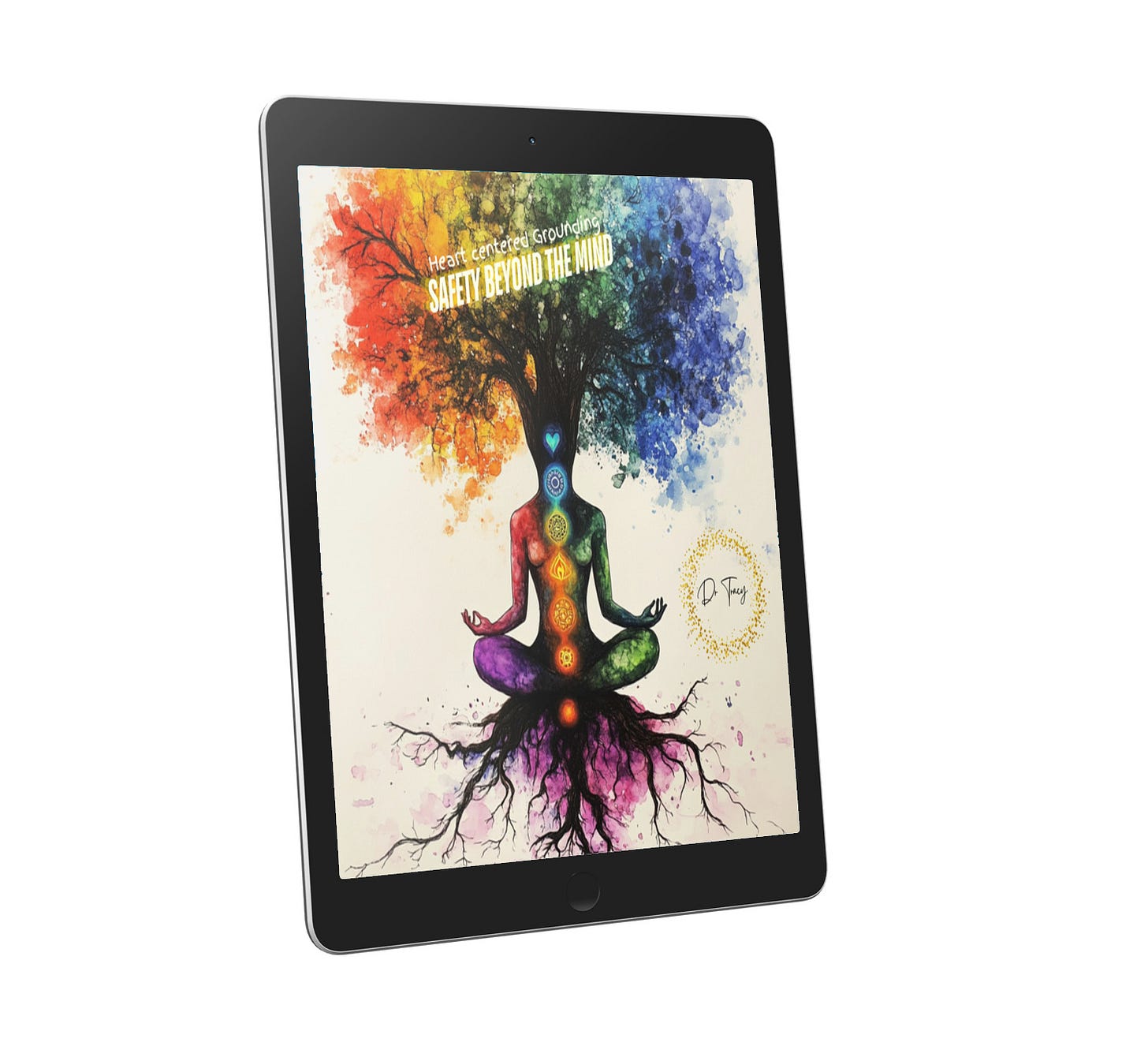"I don’t know who I am when I’m not holding it all together."
That’s what Elena (anonymised) said in our third session, her voice barely above a whisper—as if even the sentence itself might collapse under the weight of its truth.
She had spent years curating a life that looked beautiful from the outside. A high-achieving job in publishing. A full social calendar. A reputation for being the one who always knew what to say, how to help, when to appear strong. Elena was, by all external measures, composed. Graceful. Impressive.
And utterly exhausted.
Because somewhere along the way, she had stopped knowing the difference between who she was and who she had become to keep love close.
The Performance of Safety
Elena’s childhood was an elegant kind of chaos. Her mother was anxious and emotionally unpredictable—affectionate one moment, withdrawn the next. Her father, though present, was emotionally distant, the kind of man who believed that feelings were impractical and best managed in silence.
There was no outright abuse. No drama big enough to make a scene of. But there was inconsistency, and that was enough to teach Elena one thing very clearly: love must be earned.
So she began to earn it.
She learned to be helpful. To anticipate moods. To speak only when her words would land softly. She was praised for being “mature for her age,” for never making a fuss. She was, in psychological terms, what we might call precociously attuned.
But beneath the praise, her nervous system was working overtime.
What looked like “empathy” was often hypervigilance.
What looked like “emotional intelligence” was often strategic emotional self-erasure.
Attachment as Adaptation
John Bowlby, the father of attachment theory, taught us that humans are wired from infancy to seek proximity to caregivers for safety. But when those caregivers are unpredictable or emotionally unavailable, the child adapts. She learns to become what is needed to maintain the bond, even if that means sacrificing her own authentic emotional expression.
Patricia Crittenden’s Dynamic Maturational Model (DMM) goes further, describing attachment behaviours not as fixed “styles” but as dynamic strategies to manage risk and stay connected in environments that feel threatening—physically, emotionally, or relationally.
Elena had learned to employ what the DMM would classify as Type A (avoidant strategies)—minimising her needs, suppressing distress, and orienting herself around maintaining external harmony rather than internal coherence. This wasn't because she lacked emotion—but because emotion had once been met with unpredictability, withdrawal, or discomfort from the adults in her world.
In short: her safety depended on her ability to disappear emotionally.
And she did that very well.
When Love Doesn't Require Performance
The trouble, Elena told me, was that she had recently met someone. A man who was, by her own description, “calm, emotionally available, grounded.”
He didn’t play games.
He didn’t require her to perform.
And it terrified her.
“He just… shows up,” she said one day, eyes wide with disbelief. “He asks how I am, and waits for the answer. He doesn’t need me to fix anything. And I don’t know what to do with that.”
This is the paradox so many people with avoidant or preoccupied attachment adaptations experience: when we meet someone safe, our nervous system doesn’t always recognise it as safety. It can feel boring, strange, even threatening—because it's unfamiliar.
For Elena, love had always come with a job description—be useful, be impressive, be easy to love.
So when no job was required, her system went into overdrive:
Maybe he’s not interesting.
Maybe I’m not really attracted to him.
Maybe I need more space.
Maybe something’s wrong.
But nothing was wrong.
What she was experiencing was the withdrawal symptoms of relational hypervigilance.
What she was feeling was the absence of fear—and it felt like a void.
The Slow Unmasking
In one particularly tender session, Elena confessed:
“I don’t miss the chaos of my childhood, but I miss the clarity. I always knew what I had to be.”
There was grief in her voice. Not just for the childhood she didn’t get, but for the version of herself that had worked so hard to keep love within reach. The version who was always strong. Always competent. Always available for others—but never fully present with herself.
“I think I built my entire personality around being loveable,” she said.
“And now I don’t know who I am when no one needs anything from me.”
Letting go of the mask didn’t feel like empowerment—it felt like loss.
And yet, beneath that loss… something real began to emerge.
Not a new identity. Not a shinier version of Elena.
Just… Elena.
A Letter from Elena’s Nervous System
At one point in our work together, I asked Elena to write a letter from her nervous system—to give voice to the part of her that had carried the weight of survival in silence for so long. We did this together.
This is what what was written (and with her permission, I share it here for you too).
Dear Elena,
You always thought you were too much, so you tried to become just enough—enough to be needed but not enough to be a burden. Enough to be liked but not enough to be truly seen. Enough to stay close, but never close enough to scare them away.
You were brilliant at it. The way you smiled when you wanted to cry. The way you anticipated what they needed before they said it. The way you held everything so tightly, hoping no one would see how close you were to falling apart.
You’ve been protecting me for a long time. And I thank you.
But I’m ready to tell you something now, and I need you to really hear it.
You don’t have to earn love anymore. You don’t have to fix, or shrink, or disappear. You are allowed to have needs. You are allowed to take up space. You are allowed to be held.
I may still flinch when it’s safe. I may still run when someone stays. That’s not you failing—it’s me unlearning. But I promise, if you keep choosing softness over performance, I will learn how to settle. I will learn how to stay.
We are safe now.
Love,
Your Nervous System
Elena cried when she read this aloud. It was the first time, she realised how long she had mistaken survival for her personality.
The Nervous System Learns a New Rhythm
Over the following months, Elena began to experiment with something she’d never had space for before: softness.
She paused before replying to messages. She started saying “I’m not sure” instead of offering solutions. She stopped apologising when she cried in front of someone she trusted.
And it was hard.
Sometimes she wanted to run. Sometimes she felt bored. Sometimes she longed for the clarity of performance.
But more often, she felt this strange, quiet sensation—ease.
She wasn’t fixing. She wasn’t explaining. She wasn’t interpreting the emotional weather in the room.
She was simply there. In her body. With her feelings.
And the people who stayed, stayed not because she was holding them up—but because she finally let herself be held.
And as if by magic…The space that had once been filled with effort and perfection began to feel more like home.
Not the kind of home she built for others.
Not the one she designed around someone else’s comfort.
But a home she could live in. A home where her truth had space to breathe.
Where her softness, her stillness, her quietest knowing were finally enough.
And in that moment, she realised she didn’t have to earn love anymore.
She only had to remember she was always already worthy of it.
Paid subscribers can gain access to Mini-Relational Rewrite Map to find their role and start to flip the script, at the end of this article.
Reparent your Inner Child
Click the image below to download a self-print
Inner Child Journal for £3.99
.
If you don’t want a regular commitment but would like to contribute to me helping others then click below to buy me a coffee!
I recently spoke about the importance of learning to work with your nervous system, which includes grounding, on UK Health Radio - click the image below to listen.
If you feel you want to try some meditations to help you reconnect with your body which can really help when trying to set boundaries, as you can learn to feel when something does and does not serve you. Click the images below to find out about the specific focus of each. All my meditations use healing frequencies, subliminal messages and binaural beats to enhance recovery - if these terms feel meaningless click, the images to find out more.
To continue to reconnect with your body more and remain mindful and present, see if any of these online courses from Rewire Trauma Therapy resonate with you:
Somatic Therapy Programme Link
For media enquiries please see my press page







